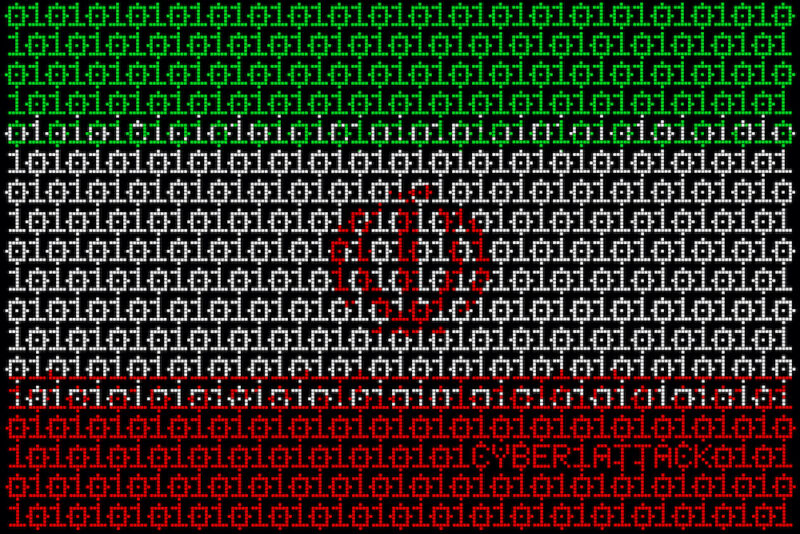
Hackers aligned with the government of Iran are exploiting the critical Log4j vulnerability to infect unpatched VMware users with ransomware, researchers said on Thursday.
Security firm SentinelOne has dubbed the group TunnelVision. The name is meant to emphasize TunnelVision’s heavy reliance on tunneling tools and the unique way it deploys them. In the past, TunnelVision has exploited so-called 1-day vulnerabilities—meaning vulnerabilities that have been recently patched—to hack organizations that have yet to install the fix. Vulnerabilities in Fortinet FortiOS (CVE-2018-13379) and Microsoft Exchange (ProxyShell) are two of the group’s better-known targets.
Enter Log4Shell
Recently, SentinelOne reported, TunnelVision has started exploiting a critical vulnerability in Log4j, an open source logging utility that’s integrated into thousands of apps. CVE-2021-44228 (or Log4Shell, as the vulnerability is tracked or nicknamed) allows attackers to easily gain remote control over computers running apps in the Java programming language. The bug bit the Internet’s biggest players and was widely targeted in the wild after it became known.
The SentinelOne research shows that the targeting continues and that this time the target is organizations running VMware Horizon, a desktop and app virtualization product that runs on Windows, macOS, and Linux.
“TunnelVision attackers have been actively exploiting the vulnerability to run malicious PowerShell commands, deploy backdoors, create backdoor users, harvest credentials, and perform lateral movement,” company researchers Amitai Ben Shushan Ehrlich and Yair Rigevsky wrote in a post. “Typically, the threat actor initially exploits the Log4j vulnerability to run PowerShell commands directly, and then runs further commands by means of PS reverse shells, executed via the Tomcat process.”
Apache Tomcat is an open source Web server that VMware and other enterprise software use to deploy and serve Java-based Web apps. Once installed, a shell allows the hackers to remotely execute commands of their choice on exploited networks. The PowerShell used here appears to be a variant of this publicly available one. Once it’s installed, TunnelVision members use it to:
- Execute reconnaissance commands
- Create a backdoor user and adding it to the network administrators group
- Harvest credentials using ProcDump, SAM hive dumps, and comsvcs MiniDump
- Download and run tunneling tools, including Plink and Ngrok, which are used to tunnel remote desktop protocol traffic
The hackers use multiple legitimate services to achieve and obscure their activities. Those services include:
- transfer.sh
- pastebin.com
- webhook.site
- ufile.io
- raw.githubusercontent.com
People who are trying to determine if their organization is affected should look for unexplained outgoing connections to these legitimate public services.
Tunnels, minerals, and kittens
Thursday’s report said that TunnelVision overlaps with several threat groups exposed by other researchers over the years. Microsoft has dubbed one group Phosphorous. The group, Microsoft has reported, has tried to hack a US presidential campaign and to install ransomware in an attempt to generate revenue or disrupt adversaries. The federal government has also said Iranian hackers had been targetting critical infrastructure in the US with ransomware.
SentinelOne said that TunnelVision also overlaps with two threat groups security firm CrowdStrike tracks as Charming Kitten and Nemesis Kitten.
“We track this cluster separately under the name ‘TunnelVision,’” the SentinelOne researchers wrote. “This does not imply we believe they are necessarily unrelated, only that there is at present insufficient data to treat them as identical to any of the aforementioned attributions.”
The post provides a list of indicators that admins can use to determine if they’ve been compromised.
